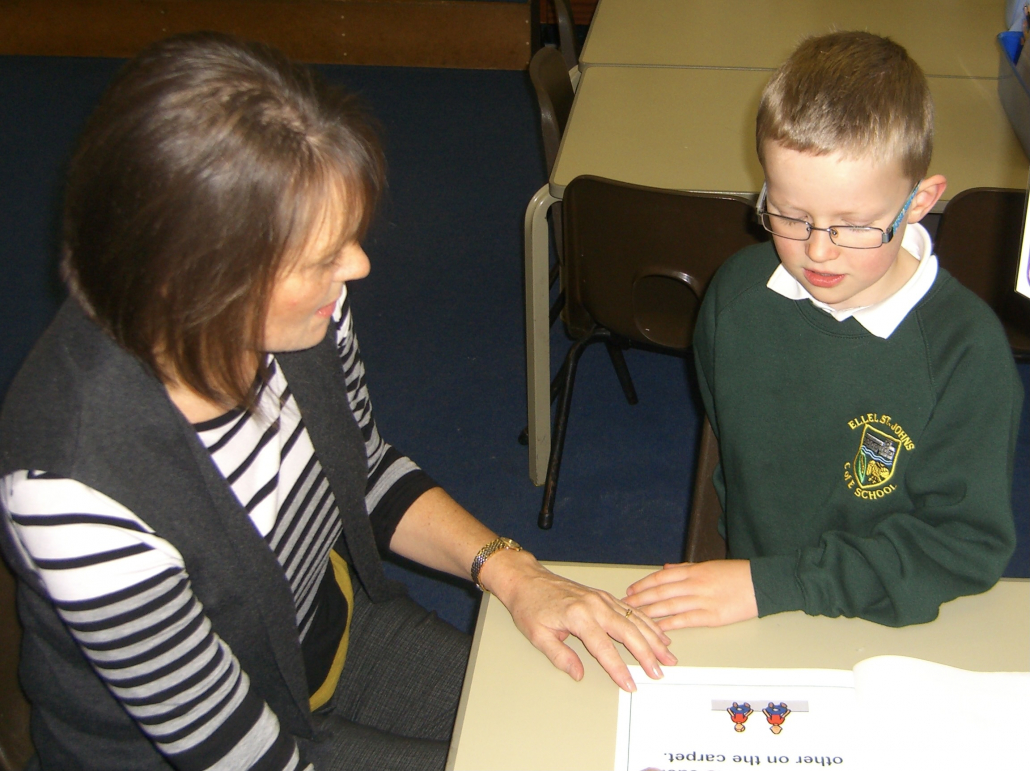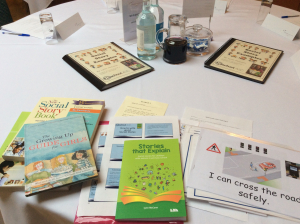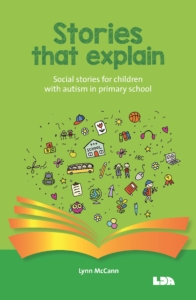Can Social Stories really help autistic young people?

By Lynn McCann author of Stories that Explain
*Social Stories are a Trademark of Carol Gray https://carolgraysocialstories.com
As an autism specialist teacher, I have been writing social stories for over 15 years. But I’m the first to admit that social stories can be ineffective, damaging and even dangerous.
The trouble is that many people have heard about Social Stories and mistakenly think they are a tool to sort out misbehaviour, or to get a child to comply with something. These sort of Social Stories are ineffective because they are badly written with no reference to the actual structure and rules created by Carol Gray in the early 1990s for very good reasons. At best you might have wasted your time and the child and the staff end up feeling that Social Stories are not worth using a tool. Sadly, badly written social stories can also seriously damage a child’s self-esteem or put them in danger. The relationship with the adults around them can be damaged through them insisting that the child complies with something that is actually very difficult for them to do. The adults’ wrong assumptions can affect the child’s mental health and make them very vulnerable to exploitation. This is a serious matter.
I would always be fair to parents and teaching staff as they are often told by educational psychologists, advisors, autism trainers that they should use Social Stories without being given any training in how to write or even choose a good one from the millions of templates there are out on the internet. Wanting to help, people might search the internet and copy something that they’ve seen online and hope that it will help the child. Often, what they end up with is a script that breaks all the rules of how to write a good Social Story.
These are some of the things that make a script not a Social Story
- Only talking about negative things;
- Using language such as must, always, you need to, you will, you must, you have to
- Assuming how someone will feel;
- A list of rules or punishments;
- What you must do to please somewhere else;
- Explaining how your actions hurt other people and blaming the person for getting it wrong;
- Insisting that the person understands your point of view;
- Insisting an autistic person behave in a typical way or trying to make them stop being themselves.
A Social Story works really well if first we understand the experience or the issue from the autistic person’s perspective. Then we write the story in a way that acknowledges this. We use carefully chosen words to explain what we would like to help the person understand in a way that makes sense to them. Carol Gray’s rules on sentence types allow us to do this. Following her guidance means that we can write good Social Stories consistently and be more certain that there are helpful resource, and not a waste of time.

I have written Social Stories to help autistic children and young people understand many different social situations that they found tricky or confusing. I’ve written stories that help autistic children manage many different anxieties and prepare for new experiences. The topics I have written them about, range from “what happens to poo when it goes down the toilet”, to “why we can use other people’s ideas in our writing and how that helps us know what to write”. I have written about death, loss and fears as well as celebrations, affirmations and how awesomely autistic someone is. You can write Social Stories for very young children, for those who do not use verbal language or cannot read, right through to those who can discuss and consume very complex explanations when they are written in a way that makes sense to them. I personally write most of my Social Stories with teenagers who are trying to understand the complex world around them. We have covered politics, gender, revision, relationships, sometimes with a huge dose of humour as we seek to reassure and celebrate the young person’s life and help them navigate through school and beyond. Their views and aspirations are celebrated and often by this age, we write the account together so it is for them and with them.

In my book, Stories that Explain
I shared over 60 social story templates for primary age children, that could be edited to support common situations that we have found our autistic young people have had to deal with over the years. Each one takes account of the sensory and communication differences as well as explaining the situation to help them understand it better. We write coaching sentences which helps a child make choices about what they can do in each of those situations.
I’m really passionate about teaching other people how to write good Social Stories… and we regularly put courses on to teach people to do just that. Keep an eye on our UPCOMING TRAINING PAGE for dates, or invite me to do training for your school, group or organisation. The course is open to everyone, at a reasonable cost and in the three hours I’ll take you through the rules, show you examples and then you’ll have a go at writing a story with my tutelage. I intend to give you all the skills you need to be able to go away and write your own social stories for the children, young people and even adults that you support.
This course is suitable for parents, school staff, and volunteers and carers. We can do it online or in person, so that people from anywhere can join us, and you will also receive a pack of story examples, the handout from the training and some helpful tip sheets so that you can continue to write the best Social Stories.
(Social Stories can be written for children, young people and adults so whichever service or age of person you work with, this course is for you).
